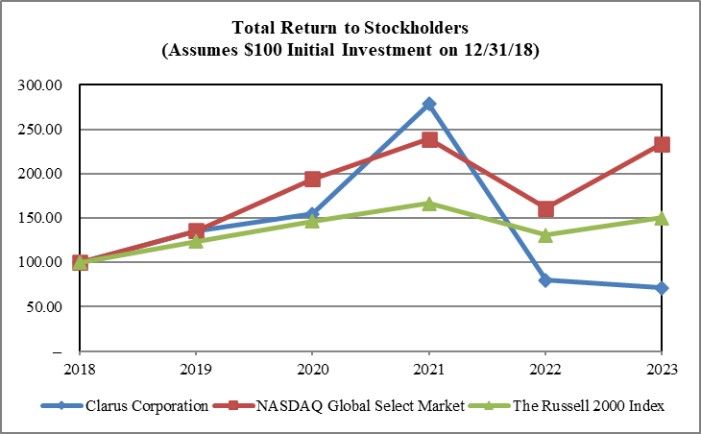Outdoor

Black Diamond Equipment: Black Diamond Equipment is a global innovator in climbing, skiing and mountain sports equipment enabling peak performance for outdoor enthusiasts. The brand is synonymous with innovation, performance, safety and durability. Headquartered in Salt Lake City at the base of the Wasatch Mountains, Black Diamond products are created and tested locally on its alpine peaks, slopes, crags and trails. Continuously recognized as an industry-leading innovator, Black Diamond has received over 500 industry awards over five years, including over 157 product awards in 2023 alone.
Adventure

Rhino-Rack: Headquartered in Sydney, Australia, Rhino-Rack has been a widely recognized, premier aftermarket automotive roof rack and accessories brand since 1992 with a leading market position in Australia. Best known for its “north/south” roof rack design, Rhino-Rack’s product offering includes roof racks, luggage carriers, shade awnings, kayak carriers, bike carriers and load-securing accessories. Rhino-Rack has a long track record of launching new, innovative products with state-of-the-art engineering serving and enhancing the outdoor enthusiast’s overlanding experience. Rhino-Rack has a clearly defined growth strategy, underpinned by access to Clarus’ go-to-market playbook and key customer relationships. Specifically, we believe there is significant opportunity to capture market share and further enhance brand awareness in North America, and globally, through partner and direct ecommerce growth, expansion of the dealer network and new distribution and brand-building partnerships.

MAXTRAX: Founded in 2005, MAXTRAX is considered the creator of the vehicle recovery board. MAXTRAX has developed a product lineup consisting of high-quality vehicle recovery and extraction tracks, including its original MAXTRAX MKII recovery track. All MAXTRAX vehicle recovery tracks are manufactured in Australia using its proprietary, Australian-sourced, engineering-grade and fiber-reinforced nylon. MAXTRAX currently sells its products around the world to distributors, retailers, government agencies, third-party e-commerce sites and through its own website.

TRED: Founded in 2012, TRED, which stands for Totally Reliable Explorer Driven, is designed and built for the “Seriously Adventurous” and is passionately supported by customers and consumers who live and breathe the lifestyle. TRED’s products, which are synonymous with quality and engineering, are all made in Australia using Australian-sourced and tested high-grade materials. TRED is a trusted brand for key retailers and distributors primarily in Australia, with a growing export market including Canada, the Middle East, New Zealand, South Africa, and the U.S.
6


